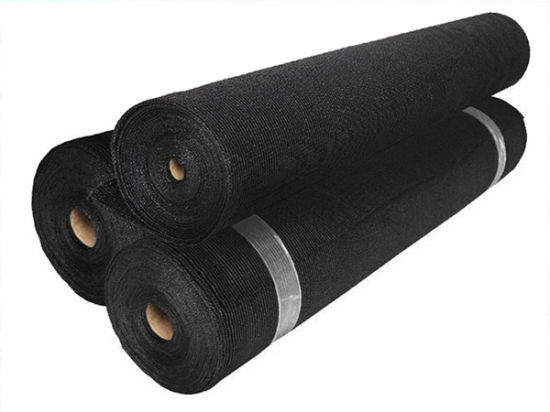It can be used with greenhouses, hoop structures and in field applications.
Additional uses include fences, windscreens and privacy barriers.
Installing shade net is quick and easy as is taking it down during the off-peak season.
WHAT IS REFLECTIVE SHADE AND HOW IS IT BENEFICIAL IN MY GREENHOUSE?
WHAT IS THE DIFFERENCE BETWEEN STANDARD SHADE NET AND REFLECTIVE SHADE NET?
Standard shade net is an affordable, extremely durable means of protecting plants and crops from direct sunlight. Shade net is placed on the exterior roof of a greenhouse, cold frame or high tunnel where it blocks a percentage of light from penetrating the building, hence keeping plants more comfortable. This type of shade material is appropriate for general gardening, farming and greenhouse applications and is widely used in the commercial farming and gardening industry
Which shade material should I use?
WHAT DOES THE SHADE PERCENTAGE MEAN IN RELATION TO THE SHADE MATERIAL?
Shade density is determined by the percentage of light blocked by the shade. For example, the definition of 75% shade is that only 25% of light passes through it. A shade percentage of 30 to 75% is ideal for vegetables, while 90 to 95% is ideal for protecting people.
ADVANTAGES OF SHADE NET:
1. Do not get Decay.
2. It is easy to wash.
3. Nets are easy to carry and easy to install.
4. Lightweight and can be relocated.
5. A shade percentage of 30-50% is ideal for vegetables and flowers.
